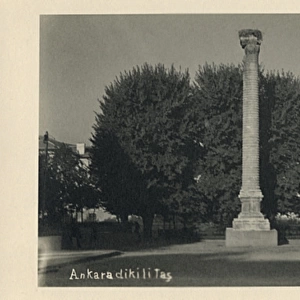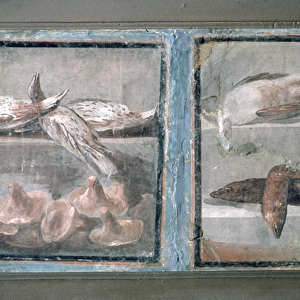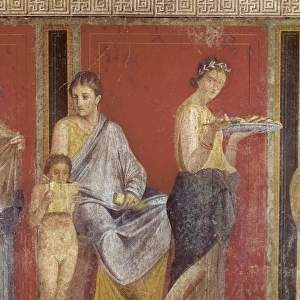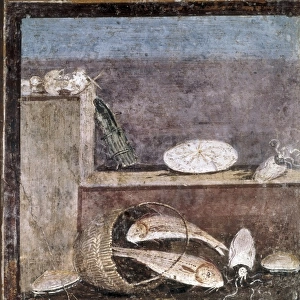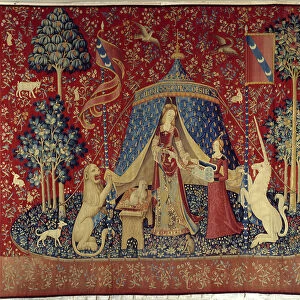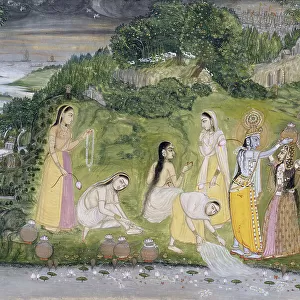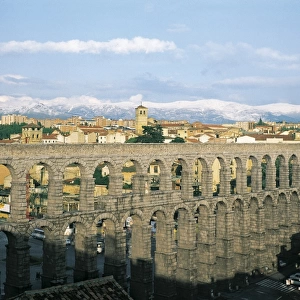Home > Historic > Ancient civilizations > Roman Empire > Roman emperors
Julian the Apostate (331-363). Roman emperor (361-363)
![]()

Wall Art and Photo Gifts from Mary Evans Picture Library
Julian the Apostate (331-363). Roman emperor (361-363)
Julian the Apostate (331-363). Roman emperor (361-363). Maiorina (bronze coin of the Roman Empire) Emperors effigy. Roman art. Coin
Mary Evans Picture Library makes available wonderful images created for people to enjoy over the centuries
Media ID 14183968
© BeBa/Iberfoto/Mary Evans
Apostate Arte Artes Artico Artistico Bearded Bronze Christianism Christians Coin Coins Currency Effigy Empress Insides Julian Money Philately Romans Stamp Stamps X7caf Me Masculine Persons
FEATURES IN THESE COLLECTIONS
> Historic
> Ancient civilizations
> Roman Empire
> Roman art
> Historic
> Ancient civilizations
> Roman Empire
> Roman emperors
> Popular Themes
> Money
EDITORS COMMENTS
1. Title: "Julian the Apostate: A Bearded Roman Emperor's Portrait on a Bronze Maiorina Coin" Description: This evocative image showcases a captivating bronze coin from the Roman Empire, featuring the portrait of Julian the Apostate (331-363 AD), the last pagan emperor of the ancient Roman world. Julian's reign marked a significant turning point in Roman history, as he attempted to restore the traditional Roman polytheistic religion after years of Christianity's dominance. The coin, known as a Maiorina, depicts Julian's profile with a full beard and a diadem adorning his head. His imperial power is emphasized by the inscription "IULIANUS AVG" (Julian, Augustus) surrounding his effigy. The square, colorful interior of the coin provides a striking contrast to the intricate details of the portrait, which is a testament to the artistic mastery of Roman coinage during this period. Julian's image is a rare representation of a bearded Roman emperor, as most of his predecessors were portrayed clean-shaven. This coin not only serves as a valuable historical artifact but also as an exquisite example of ancient Roman art, showcasing the intricacies of Roman portraiture and the evolution of imperial representation. The coin's reverse side typically features various symbols of the Roman pantheon, further emphasizing Julian's commitment to restoring the traditional Roman religion. This coin is an essential addition to any collection of ancient Roman art, numismatics, or history enthusiasts. This image is not related to any commercial use, such as philately or stamp collecting, and is intended for educational and informative purposes. It is a valuable resource for those interested in the history, art, and culture of the Roman Empire during the late antique period.
MADE IN AUSTRALIA
Safe Shipping with 30 Day Money Back Guarantee
FREE PERSONALISATION*
We are proud to offer a range of customisation features including Personalised Captions, Color Filters and Picture Zoom Tools
SECURE PAYMENTS
We happily accept a wide range of payment options so you can pay for the things you need in the way that is most convenient for you
* Options may vary by product and licensing agreement. Zoomed Pictures can be adjusted in the Cart.


